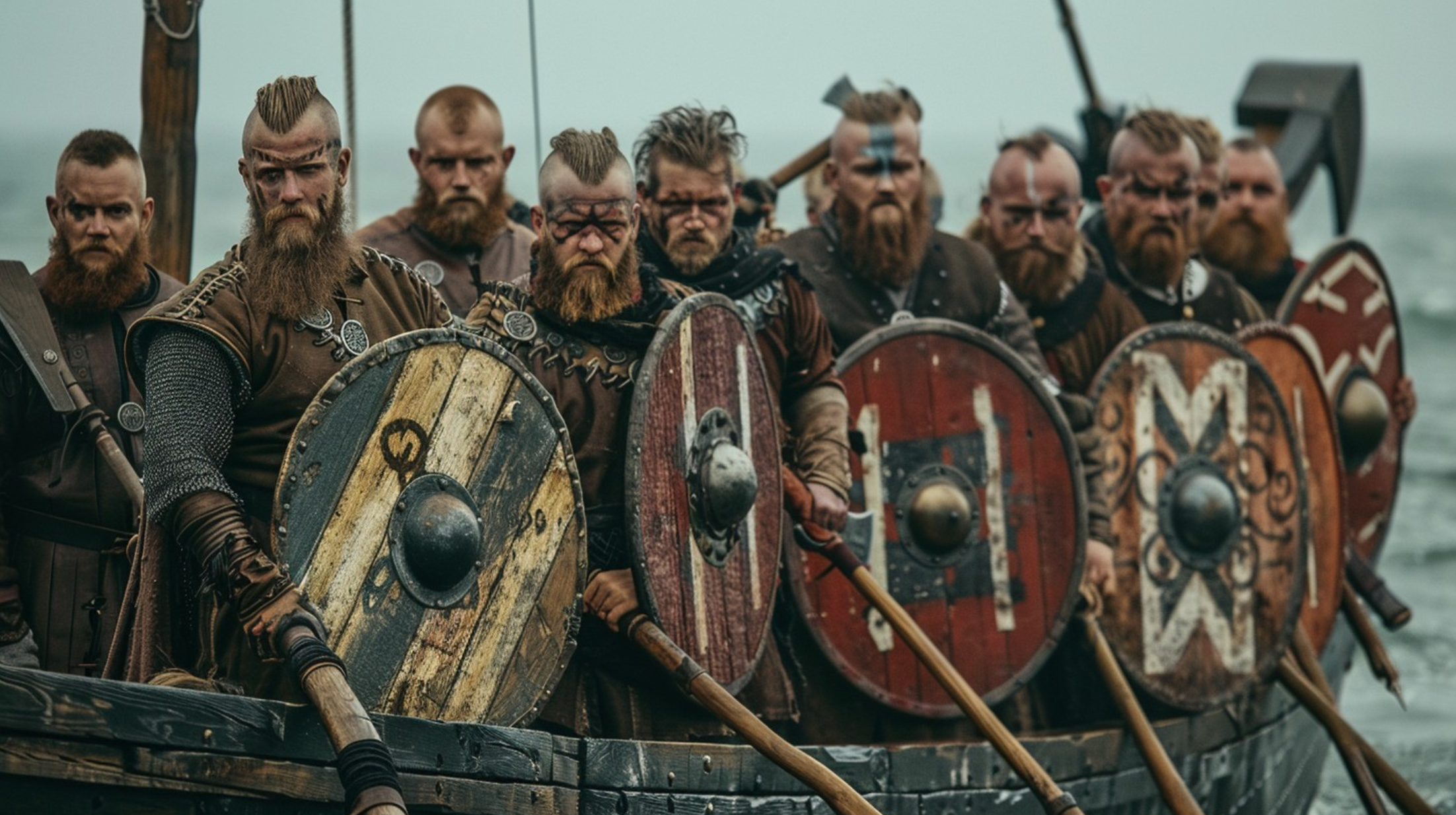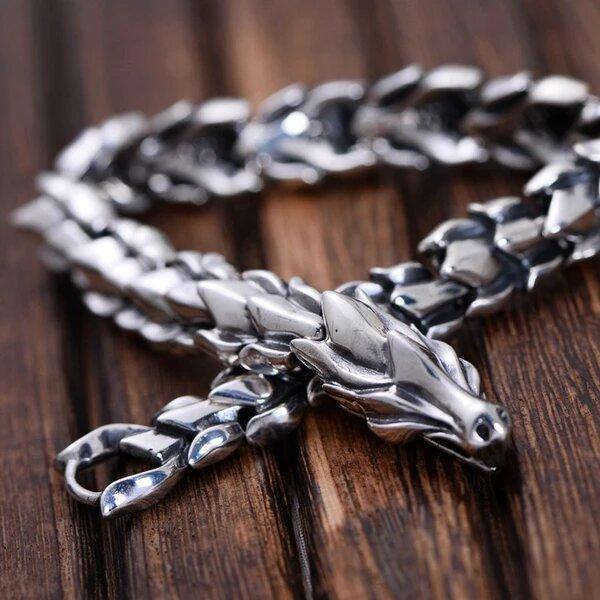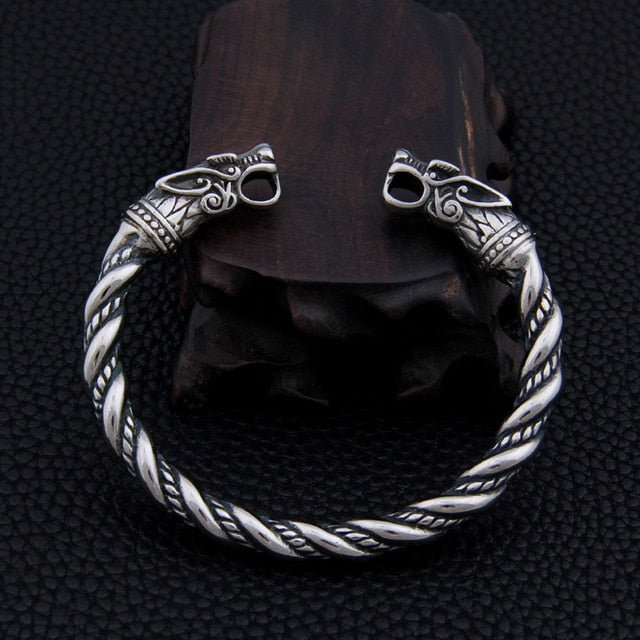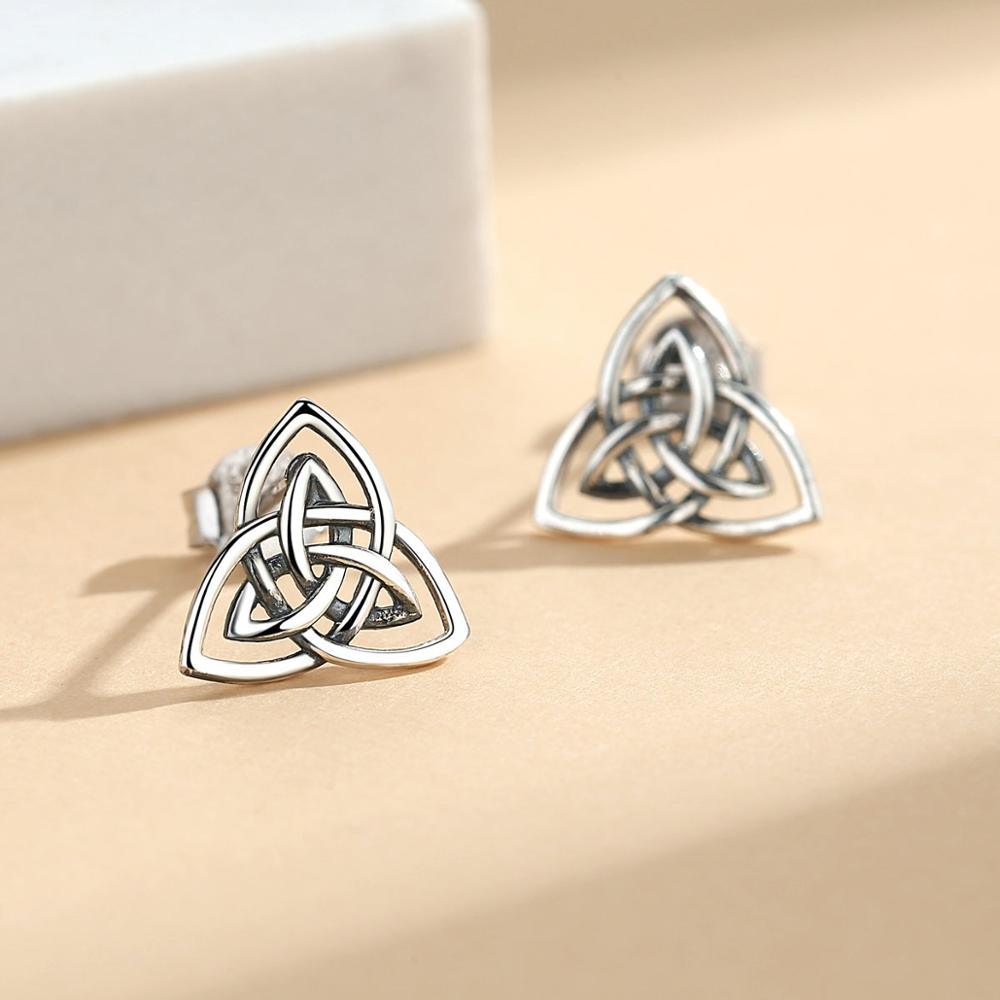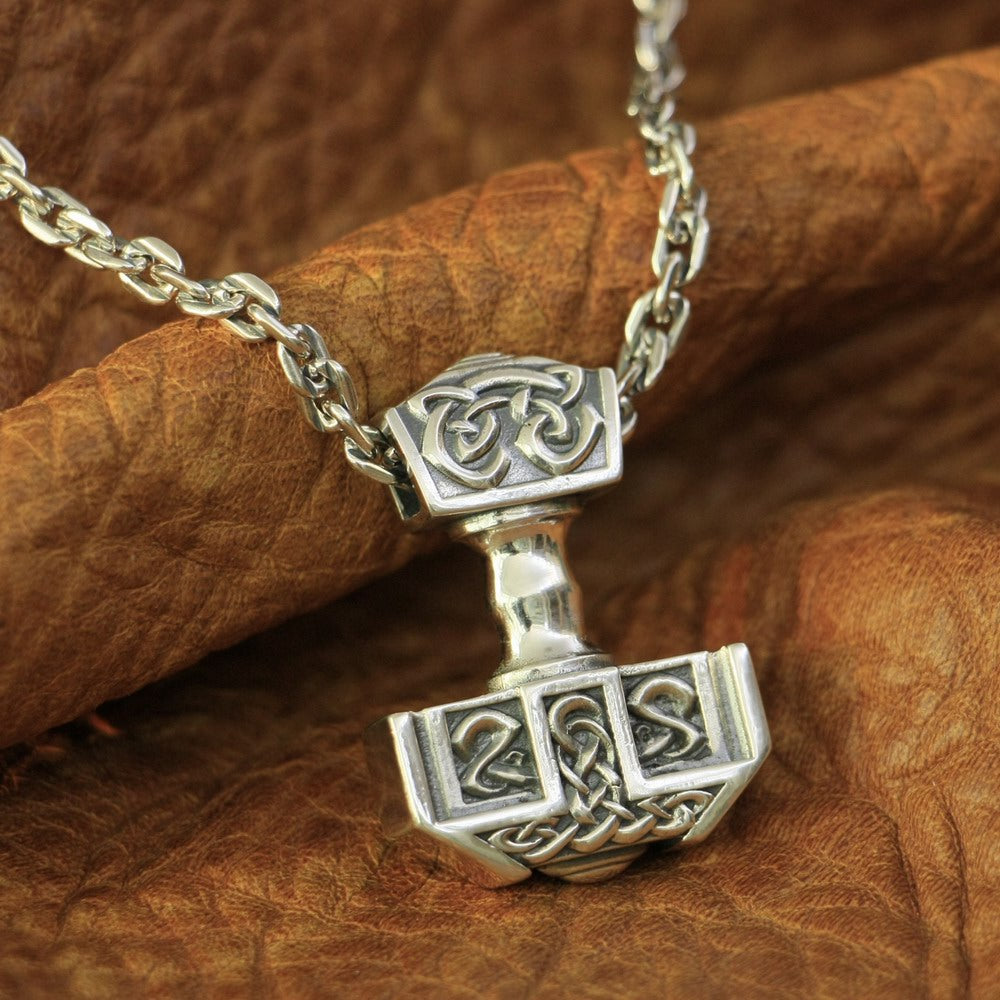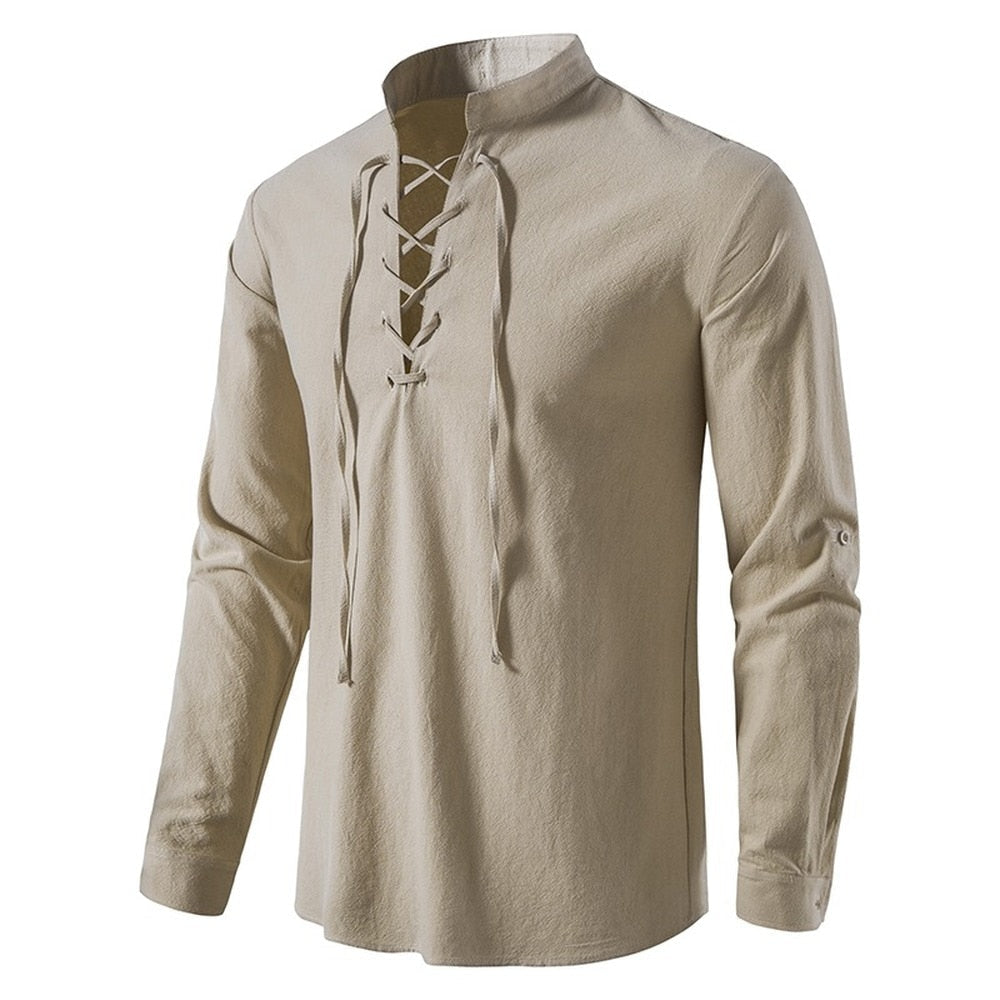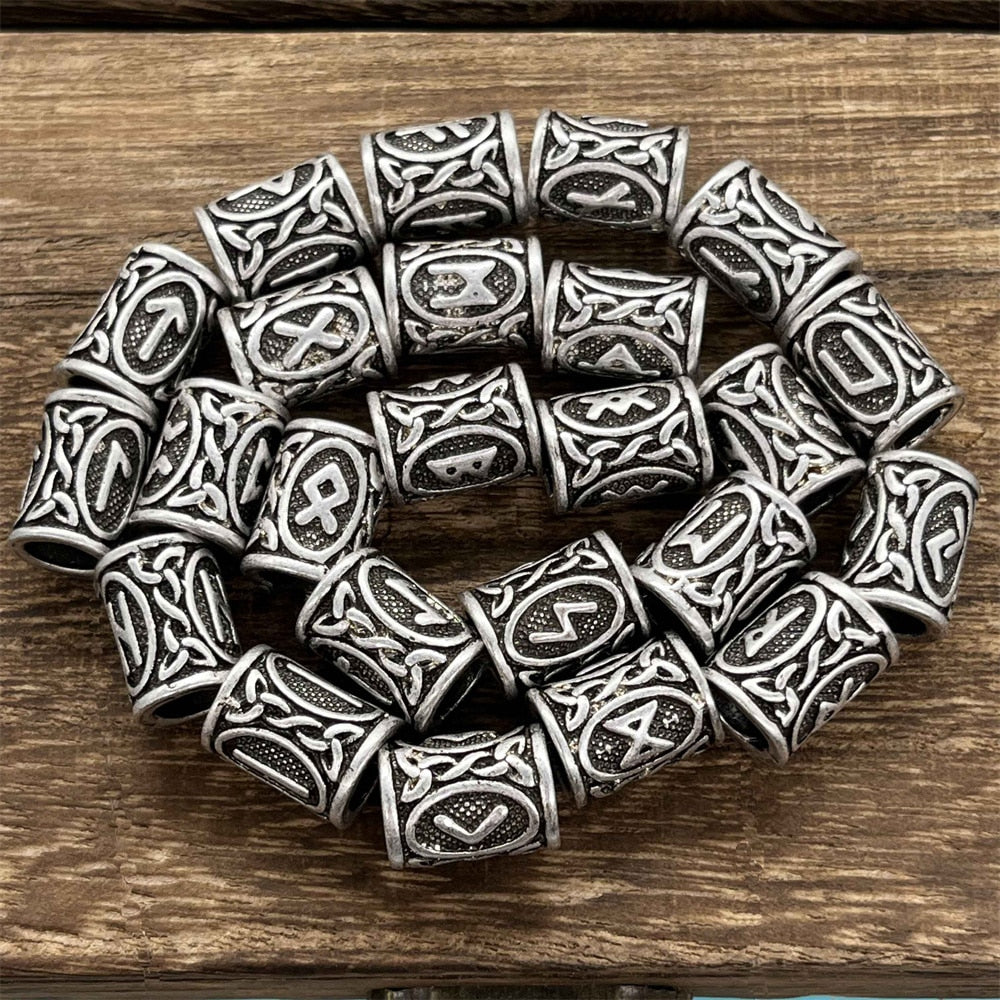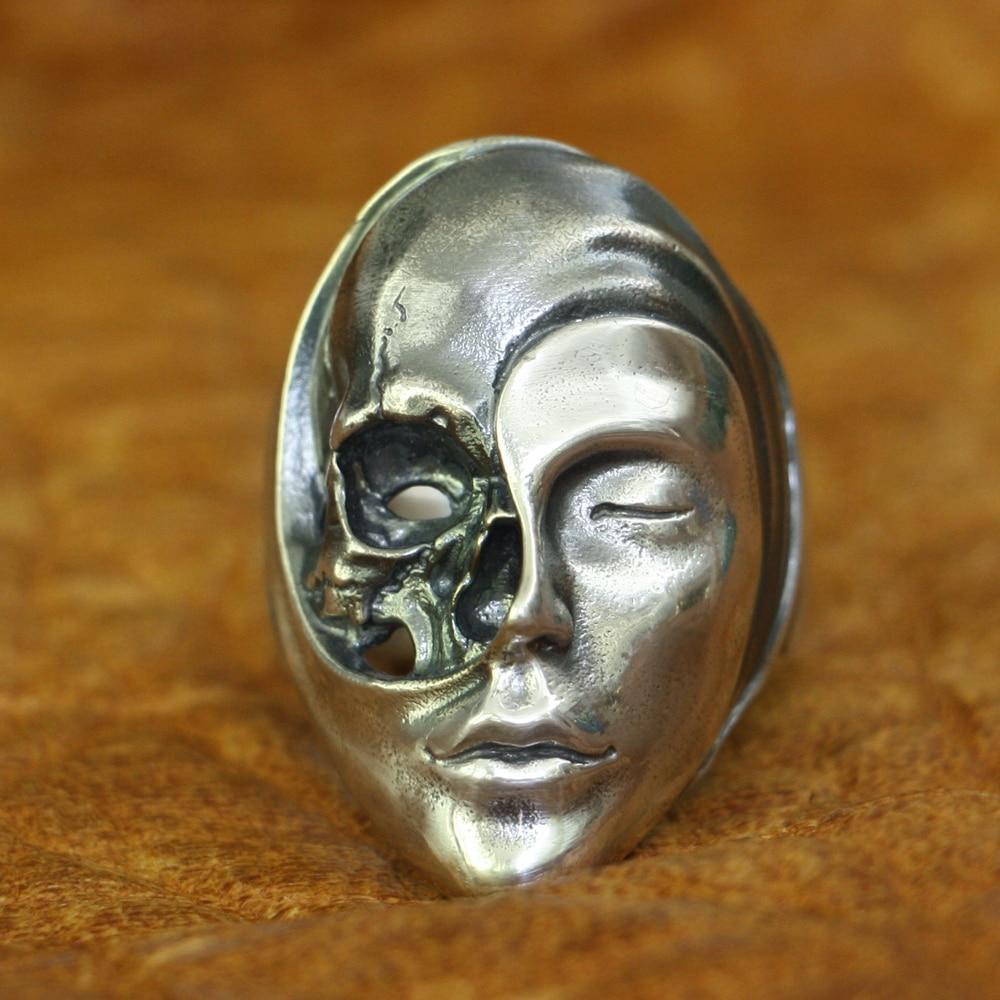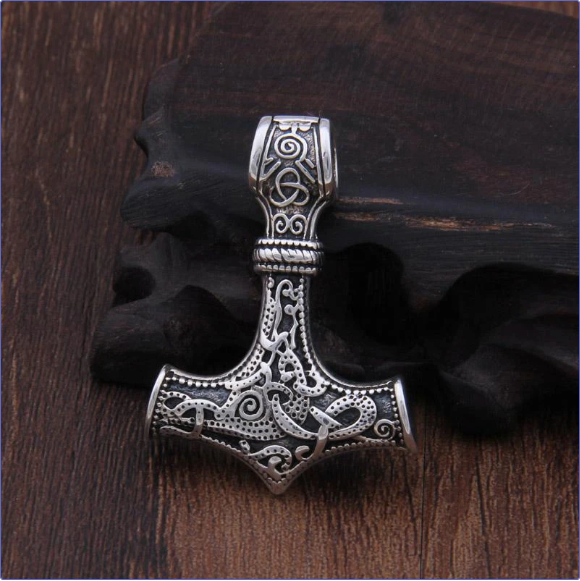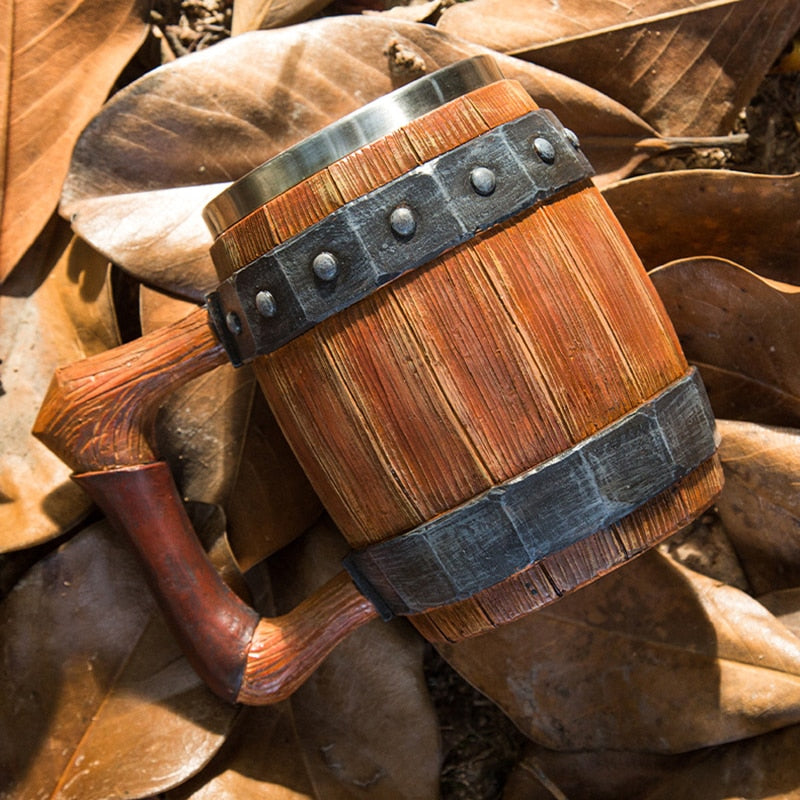Among the formidable Vikings there were a particularly feared and mysterious group: the berserkers. These warriors were said to fight with uncontrollable rage, immune to pain, fear, or even steel. Their name and legend have echoed through centuries, sparking fascination, academic inquiry, and even pop culture adaptations.

Who Were the Berserkers?
The term “berserker” likely comes from Old Norse—ber-serkr—which may mean “bear-shirt,” possibly referring to their wearing of bear skins in battle, or “bare-shirt,” suggesting they fought without armor. These warriors are frequently mentioned in Norse sagas and skaldic poetry, often portrayed as elite bodyguards for kings or lone warriors operating outside societal norms.
In Ynglinga Saga, written by Snorri Sturluson in the 13th century, berserkers are described as men who “went without armor and were as mad as dogs or wolves, bit their shields, and were strong as bears or bulls.” This depiction has deeply influenced how we imagine berserkers: frenzied, unstoppable, and possessed by primal rage.
The Berserker Rage: Myth or Mindset?
Central to the berserker legend is the so-called “berserker rage”—a state of frenzied fury that granted immunity to pain and made the warrior practically inhuman on the battlefield. The origins of this phenomenon are debated among historians, with several theories proposed:
1. Shamanic Transformation
Some scholars argue that berserkers engaged in ritualistic practices resembling shamanism, channeling animal spirits—often bears or wolves—to assume their ferocity. By donning animal skins and performing rites, they may have psychologically transformed themselves, creating a powerful warrior identity.
2. Psychoactive Substances
Another theory suggests that berserkers entered altered states of consciousness through hallucinogenic or intoxicating substances. The mushroom Amanita muscaria, known for its psychoactive effects, has often been cited, though evidence is speculative. Alternatively, alcohol or other stimulants might have induced the berserker’s famed fury.
3. Medical Explanations
Modern interpretations sometimes frame berserkers within the lens of neurology or psychology. Conditions like rage disorders or battle-induced adrenaline overload might explain their seemingly supernatural strength and insensitivity to pain. Their legendary resistance to steel wounds may have stemmed from high pain tolerance combined with mythologizing by later storytellers.

Cultural and Tactical Roles
Despite the mythic haze, berserkers were more than just wild warriors. In Norse society, they likely served both practical and symbolic functions. As elite troops, they may have formed a king’s personal guard or acted as front-line shock troops, where their fearsome reputation alone could demoralize enemies.
They also closely associated with Odin, the Norse god of war, wisdom, and death, with some oral traditions claiming that they were his chosen warriors, imbued with divine power.
However, as Christianity spread through Scandinavia, the berserker’s role shifted from awe-inspiring warrior to outlawed menace. By the 11th century, berserker activity was criminalized in several Norse laws, perhaps indicating a societal shift toward more regulated forms of warfare and authority.
The Legacy of Berserkers
Though the berserkers vanished with the end of the Viking Age, their legend lived on. In modern usage, the term “berserk” still describes a state of violent frenzy. They've inspired everything from fantasy fiction and role-playing games to psychological studies on combat behavior.
Interestingly, the archetype of a berserk warrior has parallels in other cultures: the fianna of Ireland, the Hashashin of the Islamic world, or the samurai in moments of blind fury. This suggests a universal fascination with the idea of transcendent violence and warrior ecstasy.
The Viking berserkers remain a fascinating intersection of history, mythology, and psychology. Whether they were holy fighters imbued with the power of Odin or simply elite soldiers remains shrouded in poetic exaggeration. However, their impact on Norse culture and modern imagination is undeniable.
Their story is a reminder that in the ancient world, war was not only physical but also deeply spiritual and symbolic. The berserkers, in all their fury and mystery, stood at that intersection—half-man, half-beast, and entirely legendary.

Bibliography
Price, Neil. Children of Ash and Elm: A History of the Vikings. Allen Lane, 2020. ISBN: 9780241283862
Davidson, H.R. Ellis. Gods and Myths of Northern Europe. Penguin Books, 1964. ISBN: 9780140136272
McCoy, Daniel. The Viking Spirit: An Introduction to Norse Mythology and Religion. CreateSpace Independent Publishing Platform, 2016. ISBN: 9781533393022
